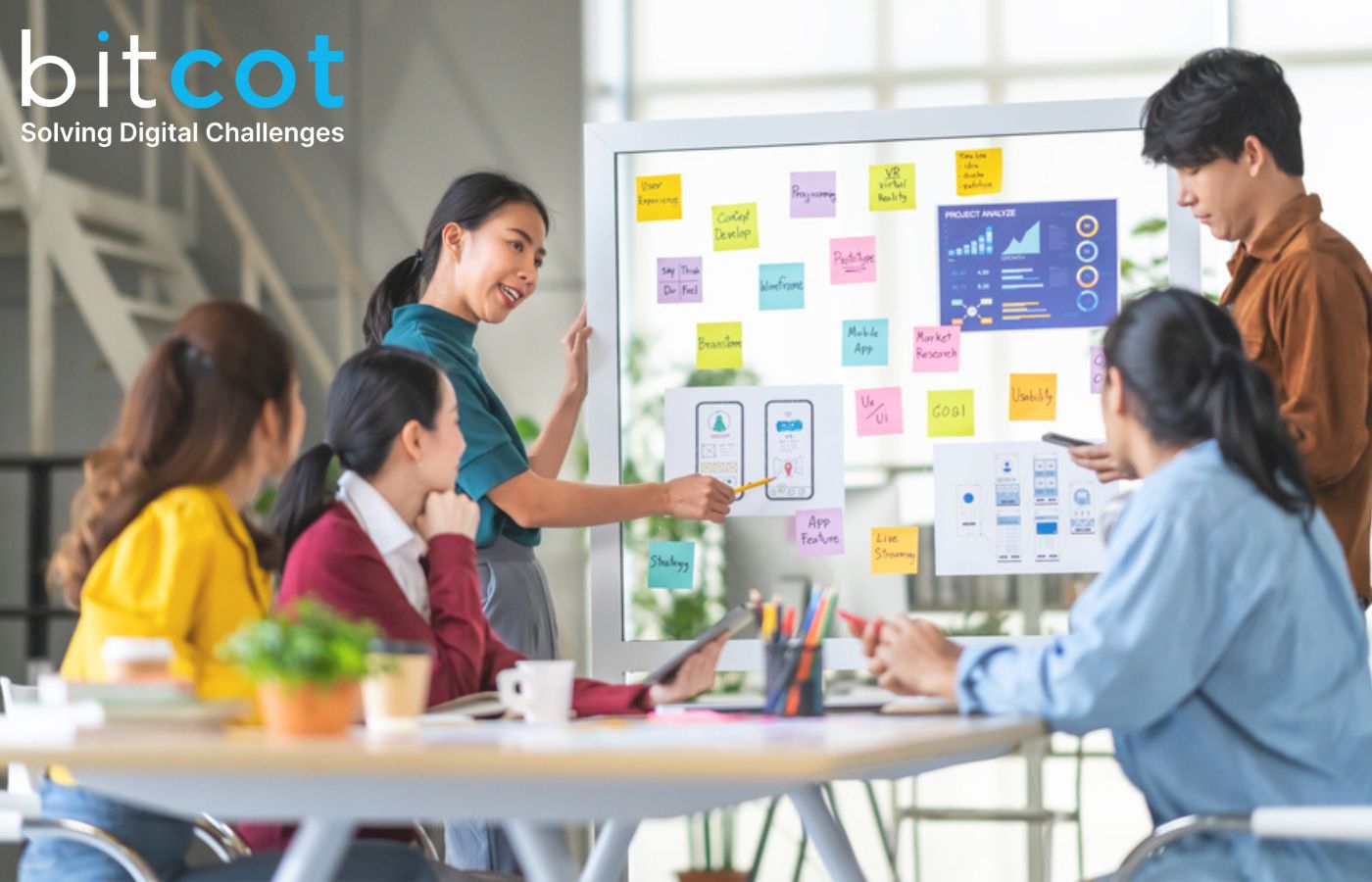In the ever-evolving realm of technology, augmented reality (AR) and virtual reality (VR) are not just trends—they're the future. These technologies are set to transform our digital experiences in unprecedented ways, creating immersive environments and interactive applications that were once the stuff of science fiction.
Revolutionizing Everyday Applications
Imagine walking through a bustling Los Angeles street, your phone guiding you with AR overlays that highlight the best restaurants, landmarks, and hidden gems. This technology is already being used by apps like Pokémon Go, which overlay digital creatures onto the real world. But the potential applications go far beyond gaming. For instance, an AR app could guide tourists through LA, providing real-time information about historical sites and attractions.
Or picture a VR app that transports you to the serene beaches of Malibu, all from your living room. With VR, you can experience destinations as if you were actually there. This technology is being used by travel companies to offer virtual tours of vacation destinations, allowing customers to explore before they book.
Innovations in Shopping and Education
Developers are now integrating these immersive technologies into everyday applications, creating new opportunities for businesses and consumers alike. Shopping apps are harnessing AR to let users virtually try on clothes or see how furniture fits in their homes. IKEA's AR app, for example, allows customers to see how a piece of furniture will look in their home before they buy it, reducing the risk of dissatisfaction and returns.
In education, VR is taking students on virtual field trips to historical sites or even inside the human body, offering immersive learning experiences. Imagine a biology class where students can explore the inside of a cell or a history class where they can walk through ancient Rome. These experiences make learning more engaging and effective, helping students retain information better.
Healthcare Breakthroughs
Healthcare apps are also leveraging AR for enhanced diagnostics and VR for mental health therapies. These applications are providing experiences that were once the domain of science fiction, offering new ways to improve health and well-being. For instance, AR can be used to visualize medical conditions in 3D, helping doctors better understand and treat them. VR is being used to treat anxiety and PTSD, immersing patients in controlled environments that help them confront and overcome their fears.
Opportunities for App Developers in Los Angeles
For mobile app development company in Los Angeles, this signifies a golden era of innovation. Creating apps that blend the real and virtual worlds is not just possible but expected. Developers have the opportunity to craft experiences that enhance daily life in seamless and intuitive ways. This is especially important in a competitive market like LA, where staying ahead of the curve is crucial.
The city's vibrant tech scene, combined with its creative industry, makes it an ideal place for developing cutting-edge AR and VR applications. Companies can tap into a wealth of local talent and resources, fostering innovation and collaboration. Moreover, the diverse population of Los Angeles provides a rich testing ground for new applications, ensuring they meet the needs of a broad audience.
Blurring the Lines: The Future of Interaction
As AR and VR continue to evolve, the boundary between the digital and physical worlds will blur, creating unprecedented opportunities for interaction and engagement. The challenge for developers will be to ensure these experiences are user-friendly and enhance daily life without overwhelming users. Usability and accessibility will be key factors in the success of these applications.
We can expect to see more applications that seamlessly integrate AR and VR into our daily routines. For instance, AR could be used for real-time language translation, allowing travelers to understand signs and menus in foreign countries. VR could be used for remote work, creating virtual offices where teams can collaborate as if they were in the same room.
Embracing a Blended Reality
The future of AR and VR in app development is bright, promising to transform how we interact with technology, each other, and the world around us. As these technologies mature, expect to see more apps that not only entertain but also educate, heal, and connect, shaping a future where the line between the real and virtual is delightfully indistinct. Developers who embrace these technologies and prioritize user experience will lead the way in this new era of digital interaction.
By staying ahead of the curve and continuing to innovate, app developers can create experiences that truly enhance our lives, making the impossible possible and bringing us closer to a blended reality where the digital and physical worlds coexist in harmony.




